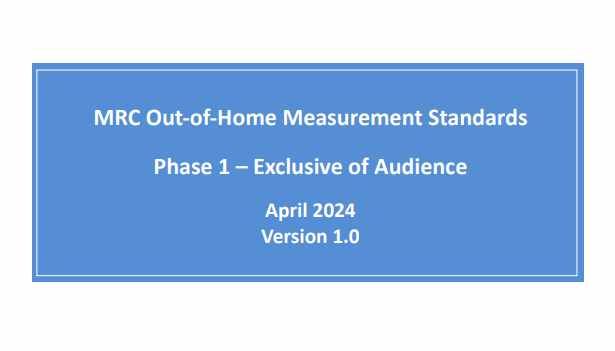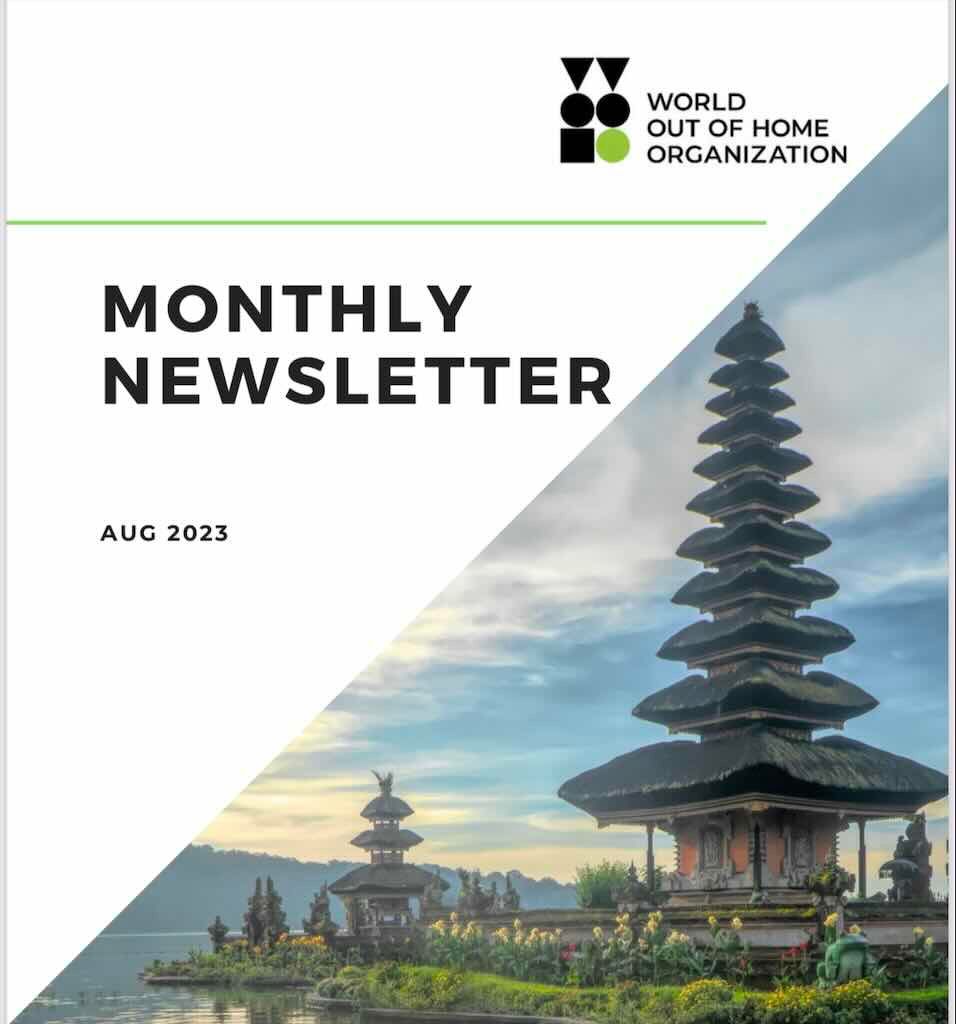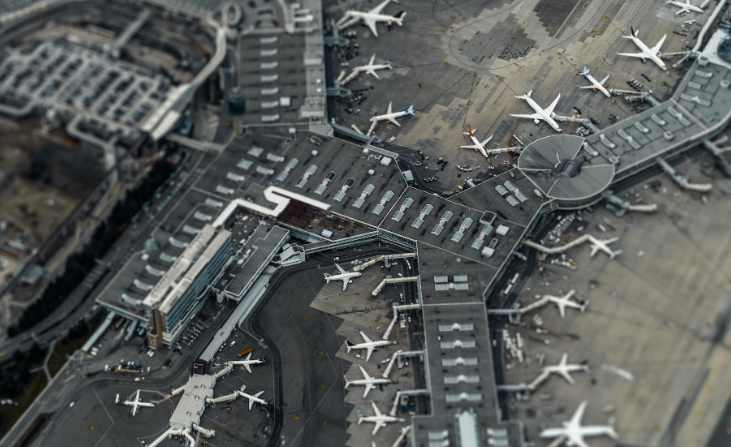Seoul Incheon Airport Terminal 2 unveiled as a 'phoenix'
When the expansion is complete, Seoul Incheon International Airport will have a combined capacity of 54 million passengers in Terminal 1 and 52 million passengers in Terminal 2. Total passenger volume reach 160 million passengers per year.
The full outline of Seoul Incheon International Airport (ICN)'s Terminal 2, shaped like a descending phoenix, has been unveiled.
Terminal 2 will incorporate state-of-the-art technology and is expected to propel Seoul Incheon Airport beyond Northeast Asia to become one of the best Airport in the world after pandemic era.

Incheon International Airport Corporation(IIAC) said the construction of Seoul Incheon Airport Phase 4, which began in 2017, was 73 percent complete as of the end of May and to open next October 2024.
Airport construction projects take a long time, and if they are not expanded in a timely manner, passengers will leave for neighboring airports. It takes a lot of time and money to regain a competitive edge.
For this reason, IIAC has not stopped construction despite operating in the red due to the COVID-19 pandemic.

The centerpiece of Phase 4 is the expansion of Terminal 2, which opened in 2018 on the north side of Incheon International Airport.
It will expand both sides of the phoenix's long tail to create a mooring for 62 aircraft and serve 29 million passengers.
When the expansion is complete, Seoul Incheon International Airport will have a combined capacity of 54 million passengers in Terminal 1 and 52 million passengers in Terminal 2.
Total passenger volume reach 160 million passengers per year.
This will make it the world's first airport to have two passenger terminals serving more than 50 million passengers and the third largest airport in the world.

Terminal 2 will be equipped with cutting-edge technology. Boarding procedures are shortened based on bio-metrics, and next-generation CT X-rays and circular screening equipment have been introduced, allowing passengers to pass through security checkpoints with 3D screening without having to remove electronics or liquids.
CCTVs installed throughout the passenger terminal are also equipped with artificial intelligence (AI) technology to automatically search for missing passengers.
The boarding bridge is the first airport in the world to be equipped with a remote control system, and the Flight Information Display System (FIDS), which guides aircraft takeoffs and landings, now displays images of aircraft positions rather than just text.
In 2019, passenger volume of Seoul Incheon Airport reached 91 million but ICN experienced a sharp drop in passenger traffic during the COVID-19 pandemic.
But now that it's recovering, it's averaging 150,000 to 160,000 passengers a day.
This year, it is expected to recover to 53 million to 57 million passengers per year, 75% ~ 80% of pre-COVID-19 levels.
By 2024, the number of passengers is expected to reach 71 million, and by 2026, it will exceed the airport's annual capacity of 77 million.

According to IIAC's forecast for future aviation demand, the number of passengers will be 75.3 million in 2025, 106.1 million in 2032, 110.91 million in 2033, 115.47 million in 2035, 126.99 million in 2040, and 139.47 million in 2045.
Competition is intensifying as airports in Asia around Seoul Incheon Airport are also embarking on large-scale developments to capture the global airport market.
Hong Kong Chek Lap Kok Airport is expanding to 120 million passengers in 2024, China Guangzhou Airport to 120 million in 2030, and Singapore Changi Airport to 135 million passengers.













